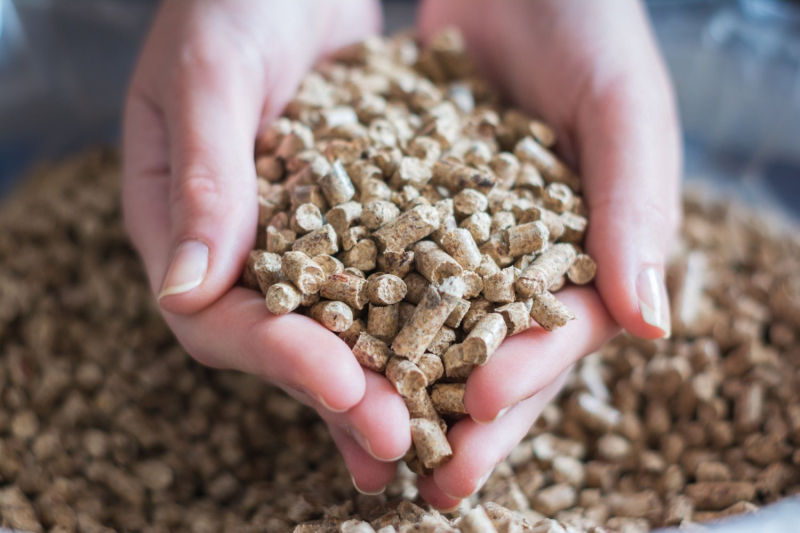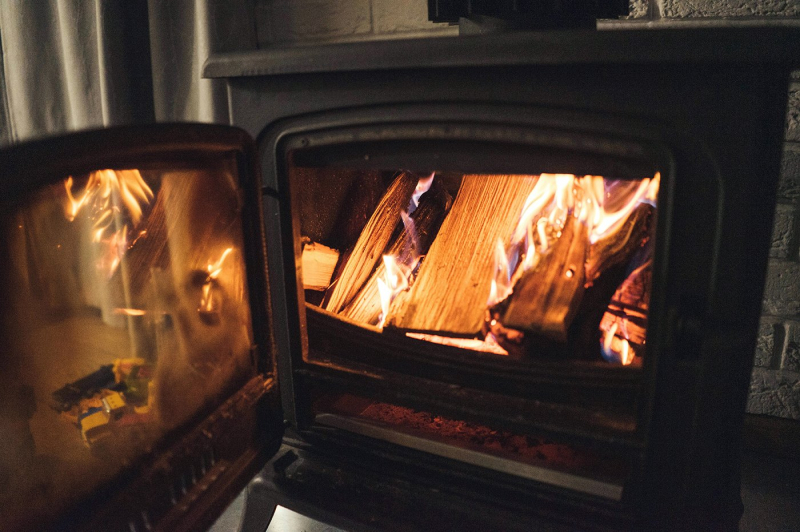
© Pompiliu Maran/Shutterstock
The energy transition and the search for alternatives to fossil fuels place the pellet stove in the spotlight. This heating system, which works with compressed wood pellets, seduces with its modernity and automation. However, like any solution heating, it has its strengths and weaknesses. Let's take a closer look at what you need to know before taking the plunge.
A substantial investment, but profitable long term
Purchasing a pellet stove represents a significant initial investment. The purchase price varies between 2,000 and 8,000 euros, not including installation costs which can reach 1,500 euros. The work requires the intervention of a qualified RGE professional to guarantee the safety and efficiency of the system.
The good news is that there is a lot of financial assistance available. MaPrimeRénov’, the Coup de Pouce Chauffage or even the CEEs allow you to significantly reduce your bill. The return on investment generally occurs between 3 and 5 years, thanks to the savings made on heating bills.
Remarkable energy efficiency
The efficiency of a pellet stove reaches new heights, with performances between 85% and 95%. This efficiency far exceeds that of traditional fireplaces, which often peak at 30%. Wood pellets offer optimal calorific value thanks to their high energy density.

© Pexels
Automatic temperature control provides additional comfort. A built-in thermostat adjusts the heating power according to needs, thus avoiding energy waste. Time programming also makes it possible to optimize consumption according to the occupants' lifestyle habits.
A controlled environmental impact
Pellets come mainly from compressed sawmill waste, making them a renewable resource. Their combustion emits little CO2, considered neutral, since it corresponds to the carbon stored by the tree during its growth. Fine particle emissions remain limited thanks to very efficient combustion.
The “Flamme Verte” label guarantees the environmental quality of the devices. The most recent models meet the strictest standards for pollutant emissions. The local nature of pellet production also reduces the carbon footprint linked to transport.
200% Deposit Bonus up to €3,000 180% First Deposit Bonus up to $20,000Use constraints that should not be overlooked
The supply of pellets requires special organisation. A dry and ventilated storage space must be provided for the bags of pellets. Bulk delivery reduces costs, but requires a larger storage capacity.
Regular filling of the tank requires a certain amount of discipline. Depending on the capacity of the hopper and consumption, this operation may be necessary every 2 to 4 days during periods of intense heating. Regular maintenance remains essential: weekly cleaning, biannual sweeping and annual inspection by a professional.
Dependence on the electricity network
Unlike traditional wood stoves, pellet models require electricity to operate. The feed auger, fan and control system consume approximately 100 watts when operating. A power outage therefore renders the appliance unusable.
This electricity consumption, although modest, is added to the cost of the pellets. It should be included in the calculation of the operating budget. Some models offer a backup battery, but its autonomy remains limited to a few hours.
A rapidly evolving pellet market
The price of pellets varies significantly depending on the season and the economic context. The strong demand observed in recent years has led to tensions on the market. Anticipating purchases during the summer period generally allows you to benefit from more advantageous prices.
The quality of the pellets directly influences the performance of the stove. DIN+ or EN+ certifications guarantee high manufacturing standards. A poor quality pellet can cause premature fouling and reduce the efficiency of the appliance.
A solution adapted to most individual homes
The pellet stove finds its place in the majority of homes. Its moderate size and contemporary design facilitate its integration. The channeling of the hot air makes it possible to heat several rooms efficiently, even if the heat distribution remains less homogeneous than with central heating.
The installation requires the creation of an air inlet and a smoke evacuation duct. This work can be complex in certain configurations, particularly in apartments. Regulations impose safety distances with combustible materials that must be scrupulously respected.
The pellet stove represents an attractive alternative for domestic heating. Its economic and ecological advantages make it a solution for the future, despite some usage constraints. This investment deserves careful consideration, taking into account the specificities of each situation.
📍 To not miss any Presse-citron news, follow us on Google News and WhatsApp.

